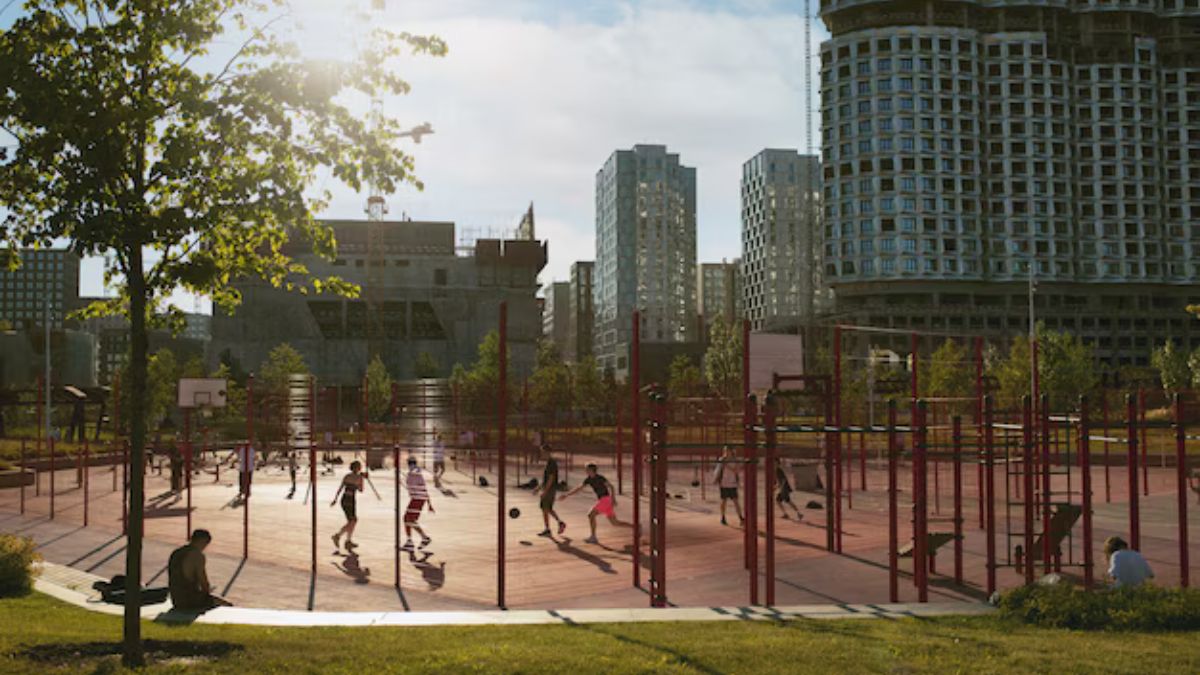Understanding the Modern Playground
Modern playgrounds have undergone a remarkable transformation, evolving from basic setups with swings and slides into dynamic environments designed to cater to the developmental needs of children across various age groups. The shift from traditional playgrounds to innovative spaces reflects a deeper understanding of child development and the vital role that play plays in it. The importance of playground equipment for parks extends beyond entertainment; these environments are structured to nurture social skills, creativity, and physical coordination. Through visually stimulating designs and safe, durable materials, these play areas captivate the imagination and inspire active engagement.
Serving as pivotal community hubs, modern playgrounds are where families from diverse backgrounds converge for relaxation and interaction. By transforming once-underutilized spaces into vibrant centers of activity, cities enhance their aesthetic and functional appeal, making them more livable and attractive. Playgrounds are increasingly recognized in urban planning as essential to creating inclusive and holistic community environments.
Benefits to Urban Communities
Urban playgrounds offer myriad benefits to the communities they serve. These benefits go beyond the direct physical benefits of play and extend into social, economic, and environmental realms. First, they promote social interaction by providing spaces where families, children, and neighbors naturally engage and build relationships. This interaction fosters a sense of community belonging and encourages social cohesion, which is vital in diverse urban settings.
The presence of playgrounds can also have surprisingly positive effects on local real estate markets. Properties near well-maintained parks and playgrounds are often seen as more desirable and thus enjoy increased market value. This phenomenon is known as the “proximate principle,” where proximity to green spaces positively affects property prices. Consequently, urban planners are encouraged to incorporate these areas into cityscapes to attract young families and foster long-term community residency.
Design Considerations for Inclusive Playgrounds
Playgrounds must be designed with inclusivity, ensuring every child can enjoy the benefits of play. This means considering the physical, sensory, and cognitive accessibility of play spaces. Guidelines from [Inclusive Play Design](https://www.playcore.com/news/inclusive-play) illustrate how developers can create playgrounds that are not only accessible but thrive on diversity. For example, ramps and sensory-rich installations cater to children with varying abilities, while cooperative play structures encourage social interactions among all children.
The involvement of child development experts and parents is essential in these designs. By considering user feedback, playground designers can create environments tailored to the needs and desires of their communities. This participatory approach ensures that playgrounds become valued assets that meet all children’s developmental, social, and physical needs.
The Role of Playgrounds in Community Health
Beyond their recreational function, playgrounds contribute significantly to community health. Regular physical activity in outdoor settings is crucial for combating the rising childhood obesity rates and promoting cardiovascular health. The Centers for Disease Control and Prevention underscore the benefits of active play, noting improvements in children’s concentration and social skills as pivotal outcomes. Playgrounds offer a safe and stimulating environment where children can run, climb, and explore, fostering mental and physical health.
Moreover, playgrounds can serve as catalysts for broader community health initiatives. By integrating walking paths, green spaces, and communal gardens around these play areas, neighborhoods can promote a lifestyle of wellness and activity that benefits all residents, encouraging adults to join children in enjoying outdoor activities.
Future Trends in Playground Design
Tomorrow’s playgrounds will continue to evolve with societal trends and technological advancements. One emerging trend is using sustainable, eco-friendly materials in playground construction, which aligns with broader environmental goals and promotes ecological awareness among children. This shift towards sustainability ensures that playgrounds are safe for children while minimizing their ecological footprint.
Additionally, the integration of technology is revolutionizing playground experiences. Concepts such as intelligent playgrounds and incorporating interactive digital elements pave the way for an educational yet play-centric approach. These advances stimulate children’s cognitive development and keep their engagement levels high, marrying the benefits of play and learning into seamless experiences.
Conclusion: Playground’s Impact on Urban Development
In conclusion, modern playgrounds cannot be overstated in their significance in the sustainable development of urban areas. They provide children with essential opportunities for growth and development while bringing communities together and enhancing public health. Investing in innovative playground designs will be pivotal in cultivating inclusive, healthy, and dynamic urban ecosystems as cities expand and evolve.










